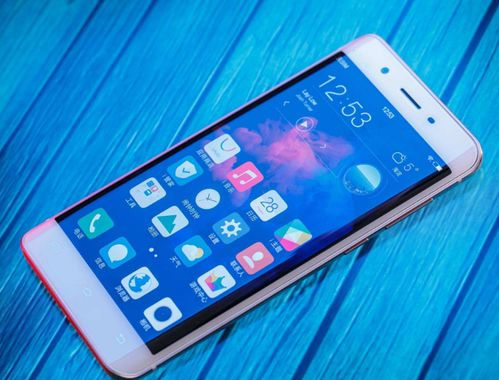Mind Over Mobile: How NeuroSky’s Brainwave Headset Turns Thoughts into Phone Commands
- Jessie Jones
- Oct 9
- 3 min read
Imagine typing a text message without lifting a finger, or snapping a photo just by focusing your intent. This isn’t science fiction—it’s the reality offered by NeuroSky, a pioneer in consumer-grade brain-computer interface (BCI) technology, and its game-changing headset that lets users control smartphones with their minds. As mobile interaction evolves beyond touchscreens and voice commands, this fusion of neuroscience and mobile tech is redefining what it means to “use” a phone.
The Tech Behind the Magic: What Makes NeuroSky Tick?
At its core, NeuroSky’s headset leverages dry-electrode EEG (electroencephalography)—a non-invasive method to detect electrical activity in the brain. Unlike medical-grade EEG systems requiring gel-coated electrodes, NeuroSky’s lightweight, sensor-laden headband uses soft, dry contacts to read brainwaves through hair and skin. It focuses on two key metrics: attention(how concentrated the user is) and meditation(a proxy for relaxation). These signals are translated into digital commands via an app, bridging the gap between thought and device.
The magic lies in its simplicity. Users don’t need weeks of training; the system calibrates in minutes. A quick setup pairs the headset with a smartphone over Bluetooth, and within moments, the mind becomes the controller.
>>>We offer a comprehensive selection of batteries designed for a wide array of Smartphones. Our product range covers essential components for devices like iPhone, DELL , Baofeng, Samsung, and more.
For instance, here are some featured items:
If you’re looking for High-compatibility replacement battery、Industrial-grade power adapter or Power supply for other smart devices , feel free to click through to explore our offerings.

Typing with Your Thoughts: A New Frontier for Accessibility and Speed
One of the most striking applications is mental typing. Using a companion app, users “type” by focusing on letters displayed on the screen. When the desired character highlights, a burst of attention sends a signal to select it. While not as fast as thumb-typing (early tests clock in around 10-15 words per minute), it’s a lifeline for users with motor disabilities—paralysis, Parkinson’s, or repetitive strain injuries—who struggle with physical input.
Even able-bodied users are adopting it for niche scenarios. Imagine dictating an email while cooking (no smudged screens!) or composing a quick reply mid-workout. NeuroSky’s adaptive algorithm learns a user’s focus patterns over time, improving accuracy. Some power users even hack it for speed: by mentally “typing” in chunks (e.g., focusing on entire words instead of letters), they hit 20+ WPM—an impressive feat for a first-gen consumer BCI.
Photography Reimagined: Capture Moments with Your Mind
Beyond typing, NeuroSky unlocks whimsical yet practical photo controls. The headset detects when a user’s focus spikes (e.g., lining up a shot) or meditation dips (a relaxed, “ready-to-capture” state) to trigger the shutter. For photographers, this means no more fumbling for volume buttons or touchscreens mid-action. A landscape photographer, for instance, could steady the phone, compose the frame, and snap the photo purely through intent—reducing camera shake and letting them stay immersed in the scene.
Social media enthusiasts are also embracing it. Imagine capturing a friend’s laugh justas it peaks, using a split-second focus surge to snap the photo. It turns photography from a mechanical act into an intuitive, almost telepathic process.
Challenges and the Road Ahead
Of course, NeuroSky isn’t perfect. Background noise (both physical and mental) can occasionally misread signals, and complex tasks (like editing a document) remain out of reach. Privacy is another consideration: brainwave data, though anonymized, is deeply personal. NeuroSky addresses this with end-to-end encryption and clear user consent protocols, but the industry still has work to do to build trust.
Yet, the potential is staggering. As BCI tech improves—think higher-resolution sensors, machine learning to decode more nuanced brain states—we could see mind-controlled gaming, smart home adjustments, or even real-time translation via mental commands. NeuroSky’s headset is a gateway, proving that BCIs don’t need to be lab-bound to matter.
Final Thoughts: The Future Is Between Your Ears
NeuroSky’s mind-controlled phone interface isn’t just a novelty; it’s a glimpse into a world where technology adapts to us, not the other way around. Whether enabling accessibility, streamlining daily tasks, or making interactions more intuitive, this tech is a reminder that innovation thrives at the intersection of neuroscience and user-centric design. So next time you reach for your phone, ask yourself: what if the next command comes not from your fingers, but your mind?
The future of mobile is here—and it’s wearing a headset.





Comments